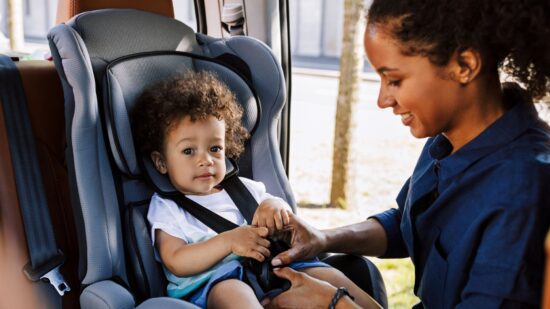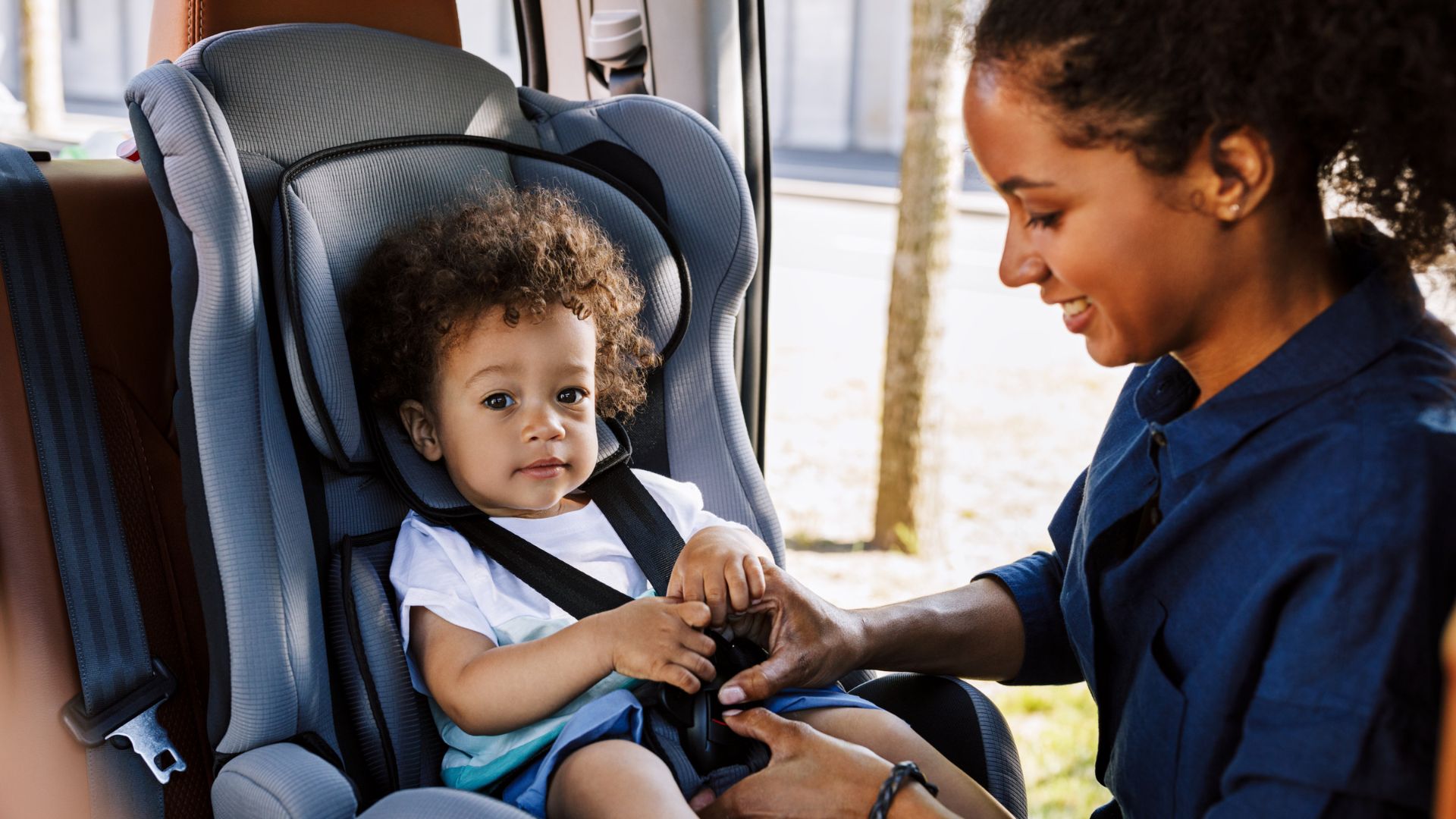Ensuring the safety of children in vehicles is a paramount concern for parents and caregivers. Car accidents are a leading cause of injury and death among children, making it essential to adopt comprehensive safety measures. From the proper use of car seats to instilling good habits as children grow, there are several steps that can be taken to safeguard young passengers.

Car Seats
The importance of using appropriate car seats cannot be overstated. These seats are designed to keep children safe in the event of a collision by absorbing impact forces and preventing ejection from the vehicle. However, not all car seats are created equal, and choosing the right one depends on the child’s age, weight, and height. You can shop car seats at nunababy.com/au.
- Infant car seats are designed for the youngest children, typically up to 12 months old or until they reach the maximum weight and height limits set by the manufacturer. These seats should always be installed rear-facing, as this position offers the best protection for an infant’s head, neck, and spine.
- Convertible car seats can be used in both rear and forward positions, making them a versatile option as the child grows. Experts recommend keeping children rear-facing for as long as you can, ideally until at least age two or when they exceed the seat’s rear-facing limits.
- Booster seats come into play once a child outgrows the forward-facing car seat, usually around age 4 to 7. Booster seats ensure that the vehicle’s seat belt fits properly across the child’s chest and lap. Without a booster, seat belts can sit too high on a child’s stomach or neck, increasing the risk of injury in a crash.
Proper Installation and Use
Correct installation of car seats is critical to their effectiveness. According to the National Highway Traffic Safety Administration (NHTSA), around half of car seats are installed incorrectly. Parents should carefully follow the car seat manufacturer’s instructions and consult their vehicle’s manual for specific guidelines. Many local fire stations, police departments, and hospitals offer car seat inspection services to help to make sure they’re installed properly.
Additionally, it’s important to consistently use car seats and seat belts. Children should always be buckled in, even on short trips or in rideshare vehicles. Remember, airbags can be deadly to young children, so children under 13 should always ride in the back seat.
Creating Safe Habits
As children grow older, transitioning them from booster seats to seat belts alone is an important step. However, the seat belt must fit properly—across the shoulder and chest, not the neck, and low across the hips, not the stomach. Parents should model good behavior by always wearing their seat belts, as children often mimic adult behavior.
Educating children on the importance of car safety is also crucial. Teach them to stay seated and buckle up every time they’re in the car, and explain the reasons behind these rules. Establishing these habits early on can help to make sure they become lifelong practices.
Additional Safety Tips
In addition to using car seats and seat belts, never leave children unattended in a vehicle. Cars can heat up rapidly, leading to fatal heatstroke. Also, secure any loose objects in the car, as these can become dangerous projectiles in the event of a sudden stop or collision.
By following these guidelines, parents can significantly reduce the risk of injury to their children while traveling. Car safety is an ongoing process, and staying informed about best practices and product recalls is key to keeping young passengers safe on the road.


Leave a Reply